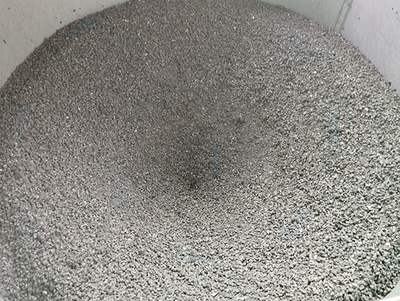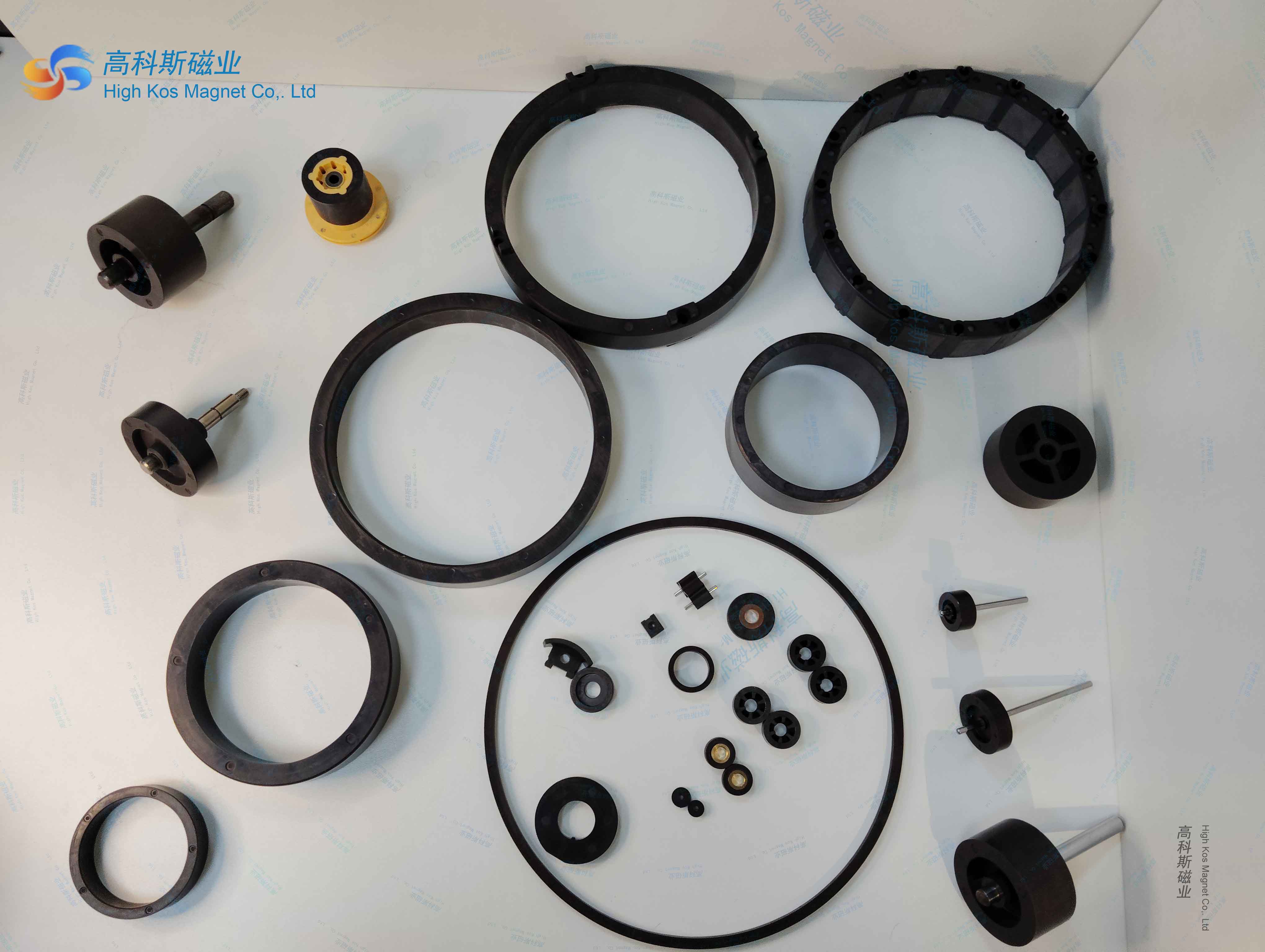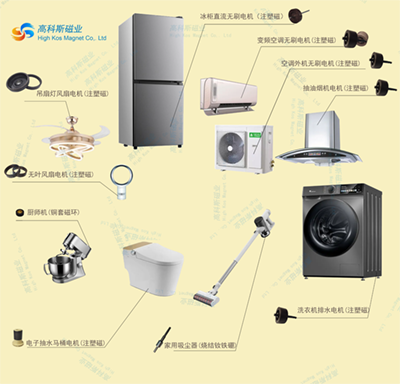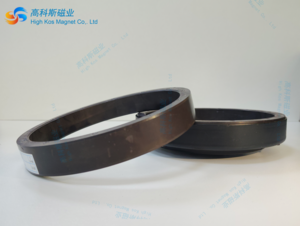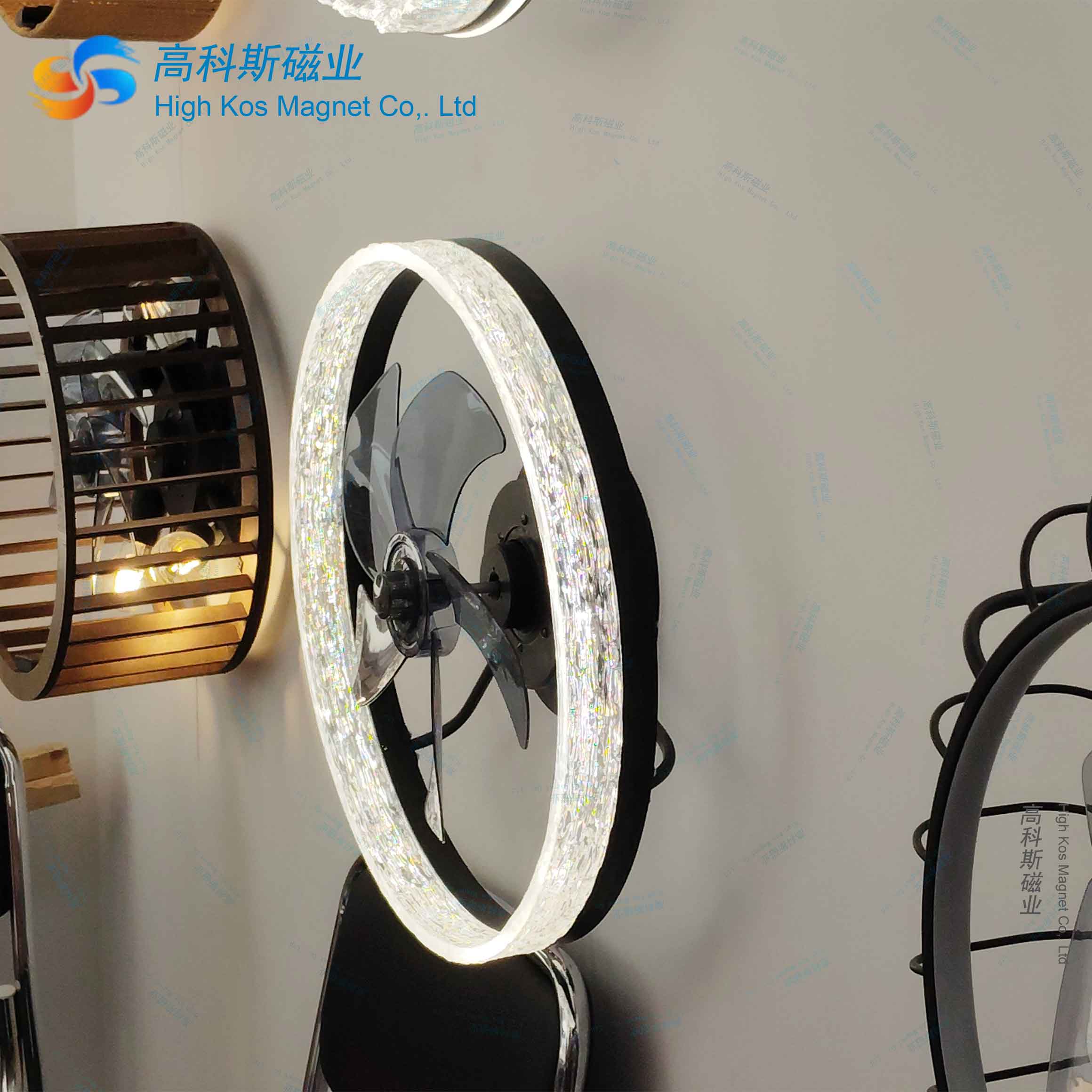What are the magnetization methods for magnetic materials
Most of the magnetic materials we come into contact with in our daily lives cannot exhibit magnetism without magnetization
treatment. So, what are the methods to make them magnetic?
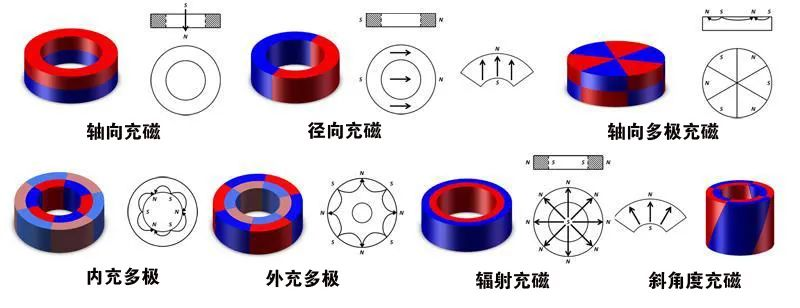
Magnetization of magnetic materials is essentially achieved by applying an external magnetic field to arrange the originally
disordered magnetic domains inside the material in an orderly manner, thereby obtaining magnetism. The following are several
common magnetization methods and their principles:
Direct current magnetization method:
-Principle: Applying a direct current voltage at both ends of the magnet causes the magnetic domains inside the magnet to
rearrange accordingly, achieving magnetization.
-Operation: First, fix the magnet on the magnetizing device. Then, connect the DC power supply to the magnetizing coil. Based
on the size, shape, and required magnetic properties of the magnet, select the appropriate voltage, current, and magnetizing time.
Pulse electric magnetization method:
-Principle: Using high-energy pulse current for magnetization, the instantaneous energy of the current is large, which can quickly
rearrange the magnetic domains. The magnetization speed is fast, the effect is good, and the application range is wide.
-Operation: After fixing the magnet, connect it to the pulse power supply, and then adjust the pulse current, pulse width, and
pulse frequency according to the condition of the magnet.
AC magnetization method:
-Principle: By using alternating current to generate an alternating magnetic field for magnetization, the direction of the magnetic
field continuously changes, guiding the orderly arrangement of magnetic domains.
-Operation: First, fix the magnet, connect it to the AC power supply, and then select the voltage, current, and magnetization time
according to the characteristics of the magnet.
Magnetic field magnetization method:
-Principle: By using a strong magnetic field emitted by a permanent magnet or electromagnet, the magnetic domains of the
magnet placed in it are rearranged.
-Operation: Place the magnet in a strong magnetic field and carefully adjust the strength and direction of the magnetic field.
Constant current magnetization:
-Principle: Suitable for magnets with low coercivity, such as ferrite magnets. Use a constant direct current to generate a stable
magnetic field in the coil, allowing the magnetic domains to be arranged in an orderly manner.
-Operation: Ensure the stability of the DC power supply, fix the magnet, and adjust the current and magnetization time according
to its characteristics.
Pulse magnetization:
-Principle: For magnets with high coercivity, such as neodymium iron boron magnets. The instantaneous large pulse current
causes the coil to generate a super strong magnetic field, breaking through the disordered state of magnetic domains and
rapidly rearranging them.
-Operation: The operator precisely controls the parameters of the pulse power supply, focusing on grasping the peak and width
of the pulse current to ensure sufficient energy is provided for the high coercivity magnet to complete magnetization.
Each magnetization method has its own applicable scenarios and advantages and disadvantages, and the selection should be
based on the characteristics of the magnetic material and the application requirements, so as to enable the magnetic material to
achieve the best performance.
